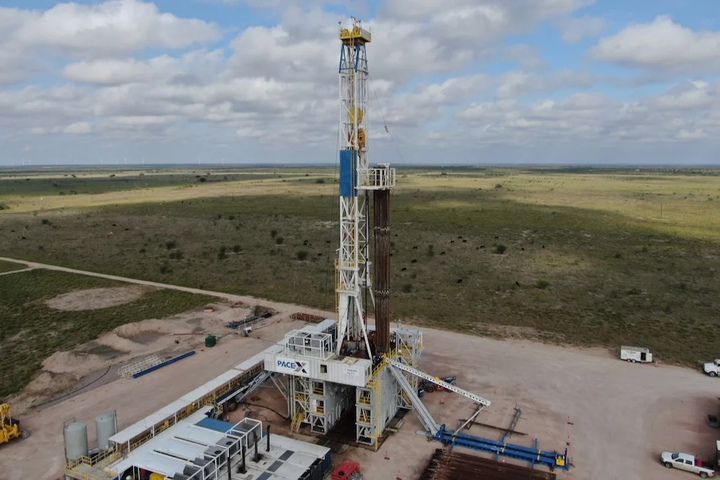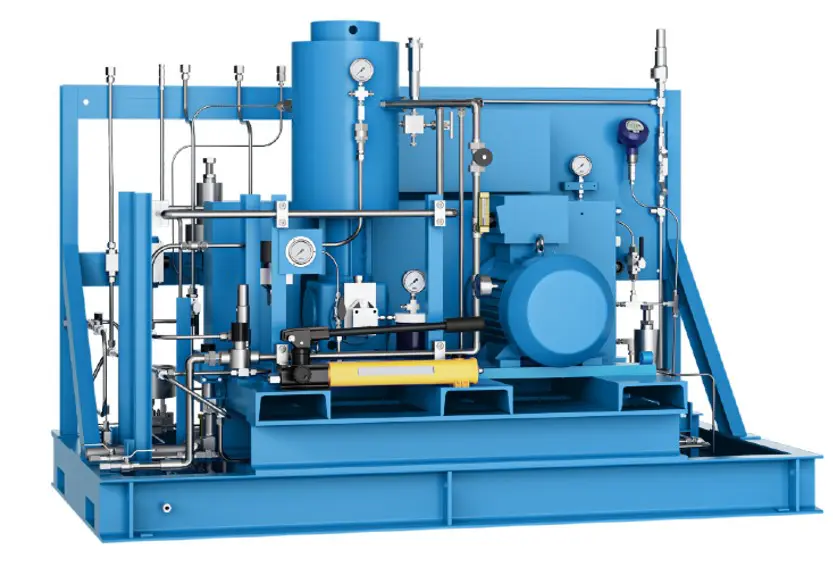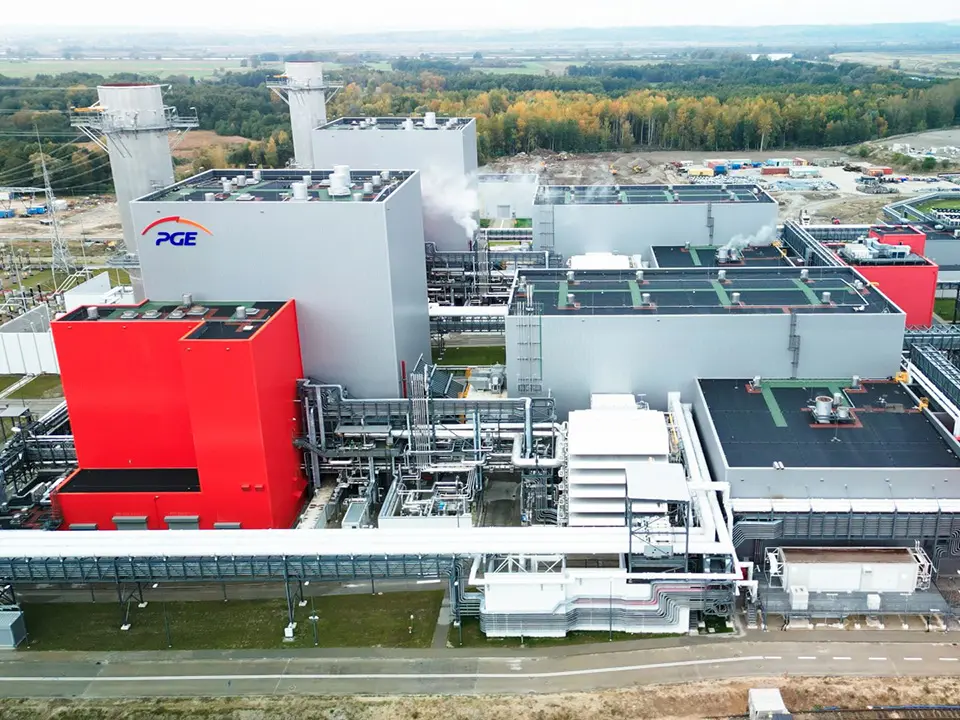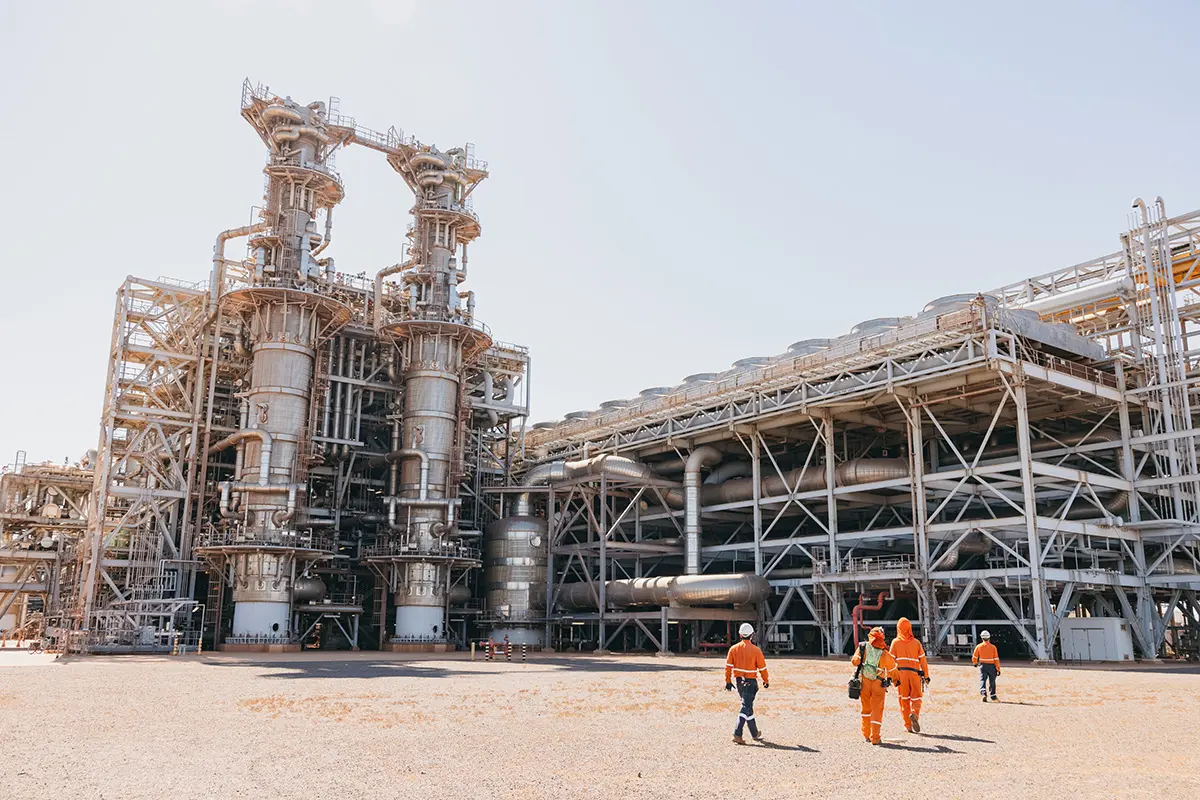
Sustainable Aviation
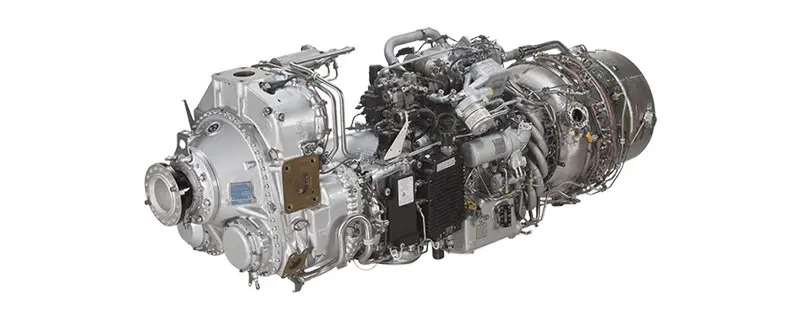
Pratt & Whitney Project To Demonstrate Hydrogen-Fueled Turboprop Technology
Pratt & Whitney Canada will demonstrate hydrogen combustion technology on a PW127XT regional turboprop engine as part of a project supported by Canada’s Initiative for Sustainable Aviation Technology (INSAT). The project, named Hydrogen Advanced Design Engine Study, will be in collaboration with Next Hydrogen Solutions Inc., which will develop high-efficiency, low-cost electrolyzers needed for establishing hydrogen production infrastructure.
“This collaborative project with INSAT enables us to develop key technologies for future hydrogen powered aircraft and complements our wider efforts to advance aviation sustainability through a range of pathways, including continued improvements to engine efficiency, hybrid-electric propulsion and compatibility with sustainable aviation fuel (SAF),” said Edward Hoskin, vice president, Engineering, Pratt & Whitney Canada. “While regional aviation represents one of the most promising use cases for hydrogen, the project will also demonstrate the versality of adapting the proven, highly efficient PW127XT turboprop engine to operate with low carbon alternative fuels and continues our legacy of technology leadership in this segment.”
Funding for the first phase of the project will include fuel nozzle and combustor rig testing using hydrogen fuel, while future phases will target full engine ground testing. The PW127XT engine is a member of Pratt & Whitney Canada’s PW100 engine series, which has powered regional turboprop aircraft for 40 years and accumulated more than 220 million flight hours.
“We are thrilled to collaborate with INSAT and Pratt & Whitney Canada on this project,” said Raveel Afzaal, president and chief executive officer of Next Hydrogen Solutions Inc. “The ability to produce green hydrogen at scale will be a critical enabler for reducing aviation [carbon dioxide] CO2 emissions, whether using hydrogen as a direct fuel for combustion or as feedstock for SAF.”
As part of a second INSAT-supported project, Turbine Engine Advanced Materials for Efficiency – Pratt & Whitney Canada will work with Derivation Research Laboratory (DRL) to explore advanced materials for hot section components of gas turbine engines, which will help to improve thermal efficiency and reduce fuel consumption and emissions. Pratt & Whitney Canada will lead the overall project providing both technical input and project management, while DRL will provide world-class materials testing capability for a wide variety of critical material properties.


